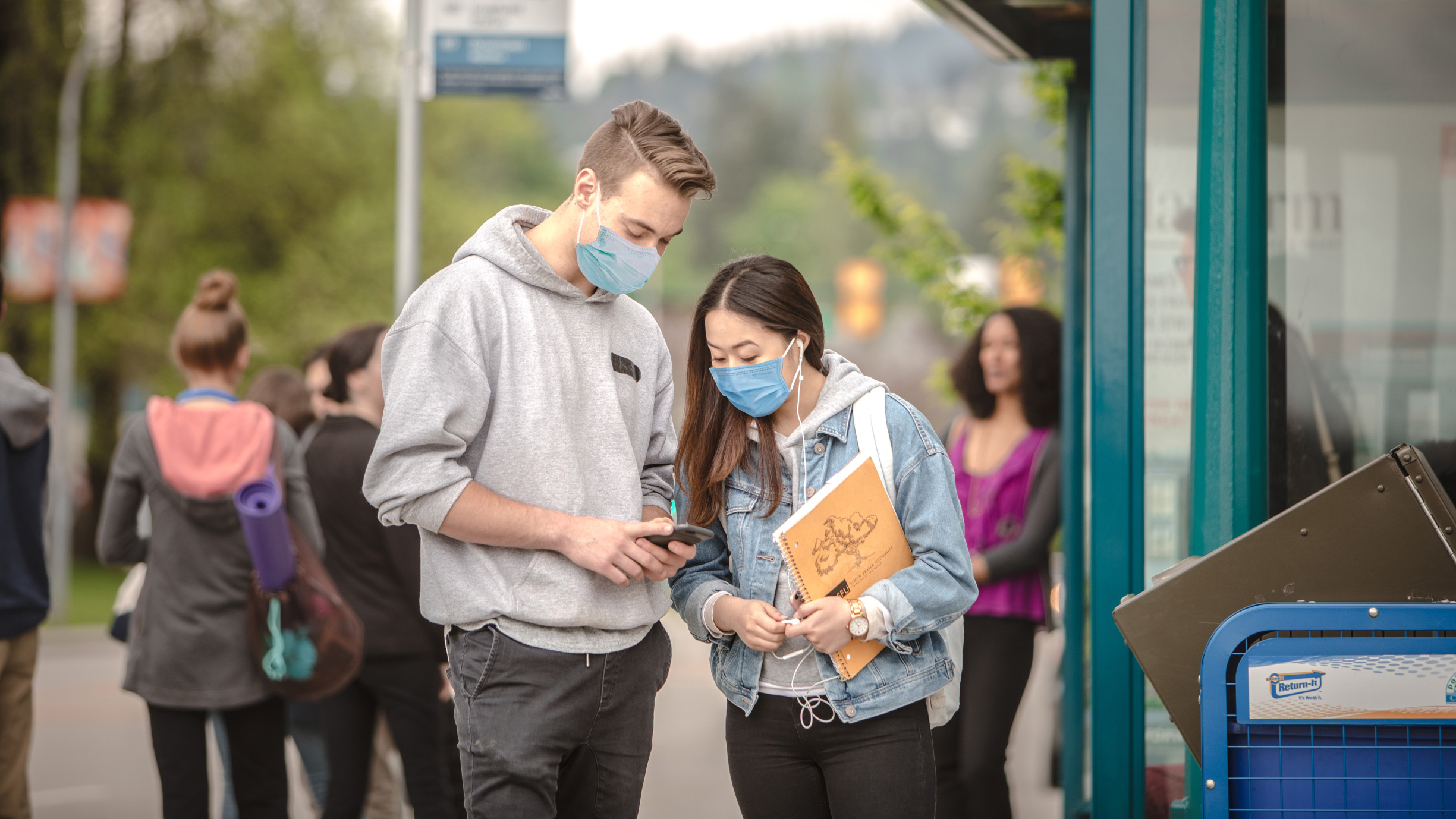TransLink prepares to welcome back post-secondary commuters this fall
TransLink prepares to welcome back post-secondary commuters this fall

Dr. Bonnie Henry, B.C.’s provincial health officer, recently advised the presidents of colleges and universities in the province to prepare for a full return to on-campus learning in September.
We’re excited to hear this and look forward to welcoming back post-secondary students, faculty and staff on our system.
This certainty allows us to plan service to match expected ridership and ensure strict cleaning and safety measures are maintained. We know you depend on us.
For the fall 2019 term, the monthly number of students eligible for a U-Pass BC averaged 139,000 – accounting for about 13% of overall transit ridership. Students at ten of Metro Vancouver’s post secondary institutions are eligible for the program.
Plus, it’s no secret that the 99 B-Line is the busiest bus route in Canada and the United States.
It carries over 50,000 passengers everyday pre-pandemic to and from Commercial–Broadway Station and the University of British Columbia’s Point Grey campus, and every where in between like the healthcare institutions in the Fairview neighbourhood.
We look forward to seeing more of our 99 riders in the fall, only a few more years before the 99 to Arbutus is replaced with the Broadway Subway!
Over the last year, TransLink has introduced new and enhanced measures to make transit safer through our Safe Operating Action Plan. That has meant improving cleaning and sanitizing, creating space where possible, implementing measures for our frontline employees, and updating our recommendations to customers.
Masks are mandatory on transit, with over 95% of customers complying. We’re deploying cleaning “pit crews” to disinfect SkyTrain cars at high traffic stations. We’ve increased bus and SeaBus disinfecting sprays to twice per week in addition to daily cleaning schedules. As well, we’ve maintained daily cleaning and disinfecting schedules on SkyTrain and West Coast Express cars, as well as HandyDART vehicles.
It has also meant thinking outside of the box.
Innovative projects like becoming the first in North America to test copper on high-touch transit surfaces, which was found to kill up to 99.9 per cent of bacteria on surfaces during the a first phase pilot.
TransLink, Teck and Vancouver Coastal Health are launching phase two of the copper trial in the coming months, which will test the copper decals and the copper nickel plasma spray on more buses and more trains for a longer period.
We’re also testing technology to sanitize the air on buses. It’s called photocatalytic oxidation (PCO) and it works by circulating low levels of hydrogen peroxide to kill pathogens like viruses.
It’s all part of our efforts to achieve our goal of making transit one of the safest public spaces.
Because transit has always been about you and getting you to the people and places that matter most.
Transit was here to take you to your first date (many of you found love on transit too!), first job, and first concert or Canucks game at Rogers Arena.
And at the COVID-19 pandemic’s peak, transit was here to keep the region moving, carrying more than 75,000 people each day. Our customers included essential and frontline workers such as nurses and grocery clerks, but also essential trips for people who had no other means to get around.
We look forward to welcoming more of you back in the fall as post-secondary students, faculty and staff return to campuses throughout Metro Vancouver.





